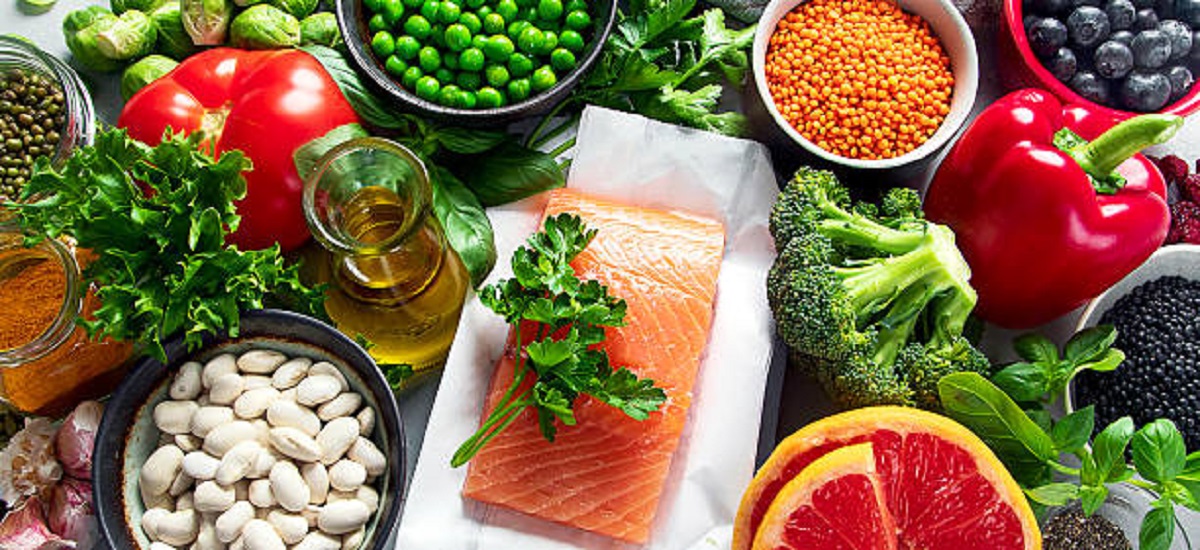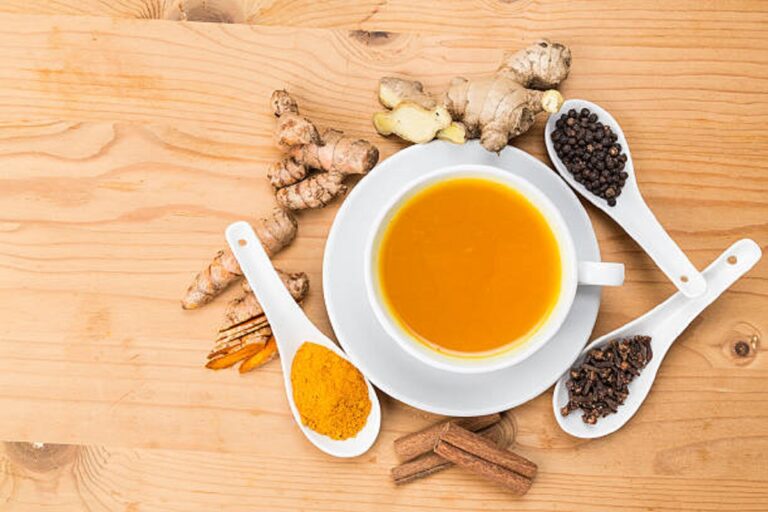IS NAVITAS ORGANICS’ SUPERFOOD POWDERS WORTH THE MONEY?
It’s 11:47 PM and I’m standing in my own kitchen staring down at the Navitas Organics powder I bought with way too much enthusiasm last month. You know the one: shiny packaging, bold promises, and a price tag that made me wince. It’s sitting there like a guilty reminder: “Blend me, and you’ll glow.” Meanwhile, my wallet is in the corner muttering: “Girl, was that really necessary?”
Sounds familiar?
Have you ever sat on Instagram at midnight watching some influencer blend together $200 of superfood powders in a smoothie as you have cereal for dinner (again)? You’re not alone. We’ve all been there, between wanting to do the healthy thing and feeling like you need a trust fund just to afford the “right” foods.
If you’ve ever wondered the same thing, you’re in good company. Let’s break this down together.
WHAT ARE NAVITAS ORGANICS SUPERFOOD POWDERS ANYWAYS?
We’ll begin from zero because, honestly, I didn’t know what half of these powders were until I went down this rabbit hole.
Navitas Organics is just one of those names you see everywhere in the health food scene. They create organic superfood powders from dried and ground-up versions of fruits, seeds, or roots such as:
• Açaí berries (that purple stuff that’s more expensive than your coffee)
• Cacao powder (high-class chocolate, essentially)
• Maca root (sounds exotic, tastes like. dirt?)
• Goji berries (small red pricey items)
• Chia seeds (don’t you remember these being bird feed?)
Fast summary answer: The Navitas superfoods powders are concentrated forms of high-nutrient foods, but they’re expensive alternatives to whole foods that often have the same advantages for a percentage of the cost.
UNPACKING THE TOPMOST POPULAR OF NAVITAS POWDERS(The Science vs The Hype)
Açaí Powder: The Purple Princess
What it claims: Antioxidant powerhouse, supports heart health
What science says: Açaí contains antioxidants, but blueberries and blackberries do as well, and so does red cabbage
The budget substitute: Frozen wild blueberries (1/10th the price)
A cup of frozen blueberries gives you the same antioxidant power for less than $2, versus $1.50 per serving for açaí powder.
Cacao Powder: Chocolate’s Healthier Cousin
What they claim: Mood-enhancing compounds, energy from magnesium
What science says: There are mood-supporting compounds and minerals in raw cacao
The budget substitute: Unsweetened cocoa powder (yes, the regular kind)
Plot twist: Regular, unsweetened cocoa is packed with many of the identical benefits. What’s different? About $20 per pound.
Maca Root: The Peruvian Energy Booster
What it claims: Improves energy and hormonal balance
What the science says: Some studies report promise but few have been conducted
The budget alternative: A well-balanced diet rich in B vitamins and iron. Blend banana, oats, and peanut butter, you’ll get natural energy without the fancy label.
Although I also started to eat more normal meals and sleep better, so who knows what was holding its own.
Goji Berries: The Antioxidant Powerhouse
What it claims: Full of vitamin C and antioxidants.
What the science says: Studies suggests immune perks.
The Budget Alternatives: Oranges or a handful of strawberries will give you a similar kick.
ALTERNATIVES TO NAVITAS SUPERFOOD POWDERS FOR LITTLE MONEY
Okay, let’s get real. Here are whole food alternatives that give you the same nutrition without the premium:
Instead of Açaí Powder ($28/packet):
• Freezer-section wild blueberries ($3/pound): Same antioxidants, more affordable.
Frozen blackberries ($2.50/bag): High in vitamin C and anthocyan
• Red cabbage ($1/head): The overlooked antioxidant giant
Instead of Maca Powder ($18/pouch):
• Sweet potatoes ($1/lb): B vitamins, minerals, and consistent energy sources
• Pumpkin seeds ($4/lb): Zinc, magnesium, and healthy
• Oats ($2/container): Fiber, B vitamins, and slow-release blood sugar.
Instead of Goji Berry Powder ($24/pack):
• Carrots ($1/lb): Beta carotene and vitamin
• Orange bell peppers ($2/lb): Vitamin C and antioxidants
• Dried apricots ($3/lb): Same nutrition, at a cheaper price.
WHAT’S SPECIAL ABOUT THESE POWDERS (And What’s Not)
The Good:
• High amount of antioxidants (what keeps cells from getting damaged)
• Nutrient condiments in small servings
• Long shelf life
• Easy to use in recipes and smoothies
The Reality Check:
• Most nutrients are better absorbed from whole foods
• Processing will reduce certain desirable compounds
• You’re paying premium prices for convenience
• Similar patterns of nutrients in regular foods
THE REAL TALK: WHEN SUPERFOOD POWDERS MAKE SENSE
I’m not here to completely bash superpowders. Now and then they do make sense:
You might benefit if:
• You work through and need portable sustenance
• You have issues with digestion that make entire foods difficult
• You genuinely enjoy how it tastes and it keeps you healthier overall
• You have discovered nutrient deficiencies on your own
Skip them if:
• You’re just wanting to be “healthy” overall
• You manage yourself strictly
• You’re not eating ordinary fruits and veggies daily but
• You’re wishing they fix your health somehow
WHAT I LEARNED FROM MY $200 SUPERFOOD EXPERIMENT
I went superfood crazy last year. I ordered every powder, every seed, and every exotic berry that I could find. My grocery budget tripled. My gains in health? Not much.
My moment of revelation arrived when I appreciated just how much I was paying for powder compared to actual food. I was so focused on these “super” ingredients but not on such basics of nutrition as ensuring I was eating enough veggies, drinking enough water, and eating enough protein.
The biggest lesson: You won’t dust yourself to fitness if your base isn’t solid.
THE BOTTOM LINE: ARE NAVITAS SUPERFOOD POWDERS WORTH IT?
Having done months of searching and my own trial-and-errors, this is my honest review:
For everyone else, no. The superfood powders are expensive and tend not to yield significantly better results than do the whole food supplements.
The exceptions: If you have special medical conditions, special diets, or convenience needs that make whole foods difficult, there might be powders that are worthwhile. Try the basics first, however this is my recommendation:
My recommendation: Take that $100 you were going to spend on superfood powders and invest in:
• A variety of colorful vegetables and fruits
• Quality protein sources
• Healthy fats like nuts, seeds, and avocados
• A low-cost daily multivitamin if recommended by your doctor
Actually Useful Steps (No Fluff)
• Start with the frozen section. Frozen produce is generally more nutritious than fresh produce (it’s frozen at its peak). Also they’re MUCH cheaper than any powdered stuff.
• Think colors, not categories. Purple cabbage one day, orange sweet potatoes the next, dark leafy greens the following. Diversity pleases your body.
• Shop by the seasons as often as you’re able. When berries cost little and are plentiful, stockpile and freeze them yourself. Future you will thank current you.
. Don’t overthink the whole thing. A smoothie of a frozen banana, a handful of spinach, berries, and scoop of protein powder satisfies the vast majority of a $15 superblend’s nutrition requirements. Without the hype.
Q: Do superfood powders replace real food?
A: Nope. They’re supplements, not substitutes. Think of them as an accessory, not the outfit.
Q: Are Navitas powders healthy?
Yes, they’re clean, organic, and nutrient-rich. But “healthy” doesn’t equal “essential.”
Q: Can I just eat regular fruits and veggies instead?
A: Absolutely. In fact, that’s usually better. Wholefoods give you everything your body is begging for, and at a fraction of the cost.
Q: Are there any downsides to superfoods?
A: Some powders can upset your stomach or interact with medications if you go overboard. Start small, always.
FINAL THOUGHTS: KEEP IT SANE, KEEP IT SIMPLE
Navitas Organics superfood powders aren’t a scam. They do offer nutrients. But here’s the truth: you don’t need them. Whole foods: spinach, berries, oats, beans, etc already give you everything your body is begging for, and at a fraction of the cost.
The superfoods marketing machine is remarkably successful at its task. Those Pinterest-perfect photos and handsome individuals sprinkling expensive shine on their smoothies? They’re designed to make you think you’re deficient in the key to ultimate wellness.
But this is what I learnt after paying way too much money for following wellness trends: simple basics win over expensive tricks:
Daily fruits and veggies, sleeping enough, staying hydrated, exercising your body on a daily basis. That’s the stuff that makes a real impact. Not sexy. Not picture-perfect for ‘gram. But effective.
All the same, if you like the convenience and you can afford them without undue distress, by all means. Don’t, however, expect miracles. And don’t feel guilty either if you do have normal, unglamourous food that just happens to be pretty healthy too.
What’s Next?
Start from where you are today. If you’re living on highly processed foods, start by incorporating more whole foods before you ever consider anything “super.” If you’re eating fairly well and you’re considering using some powders, use them individually. Then you’ll know if it’s having any benefit.
The ideal diet is something you’ll live with in the long term. Monetarily and in real life. Powdered superfoods are not magic. Perfectionism isn’t either. Sometimes good enough is best.
Ready to build a sustainable, affordable system for healthy eating with no nonsense from the wellness industry? Follow for more practical nutrition guidance that gets results.



